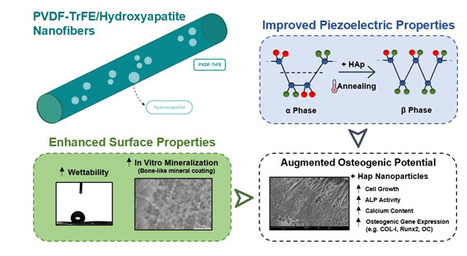
The production of piezoelectric constructs in order to address osteoporotic-related fractures holds significant promise. Such scaffolds could be used to mimic the native piezoelectric features of bone as well as assisting electrical stimulation-based therapies, which have been found to accelerate bone repair. In an article recently published in the journal Science and Technology of Advanced Materials, iBB researchers Frederico Barbosa, João Silva, Fábio Garrudo, Marta Carvalho, Paola Alberte, Leonor Resina and Frederico Ferreira, in collaboration with colleagues from the University of Nottingham and the Universitat Politècnica de Catalunya, developed novel hydroxyapatite-filled PVDF-TrFE nanofibers with enhanced piezoelectrical properties and osteogenic potential.



 Your new post is loading...
Your new post is loading...

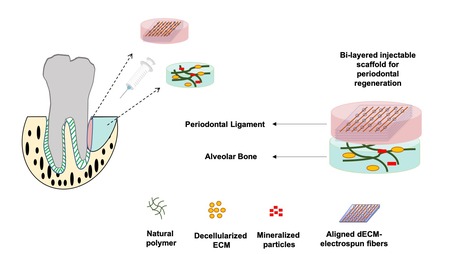
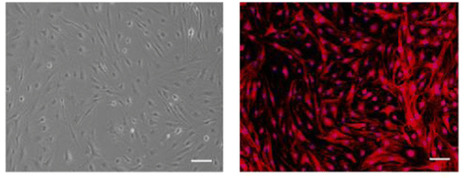
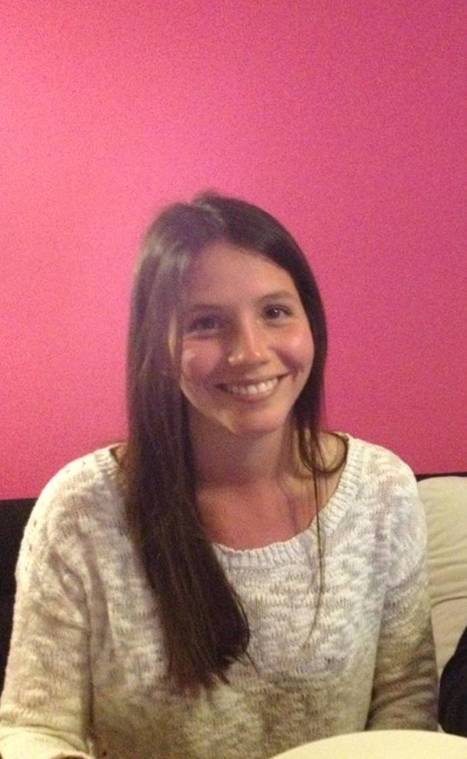
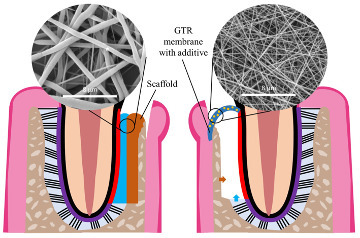
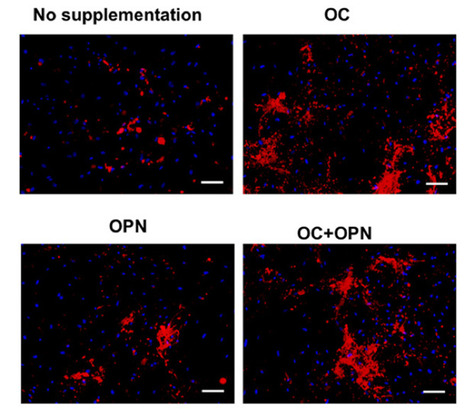
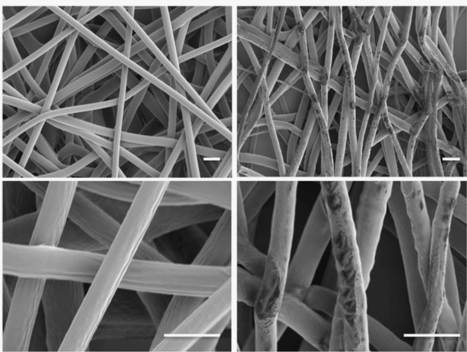
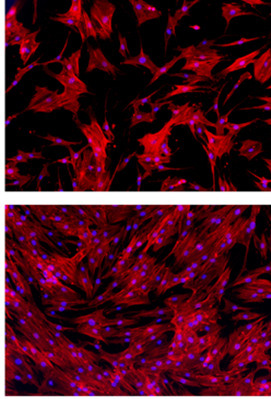





Check full paper here.